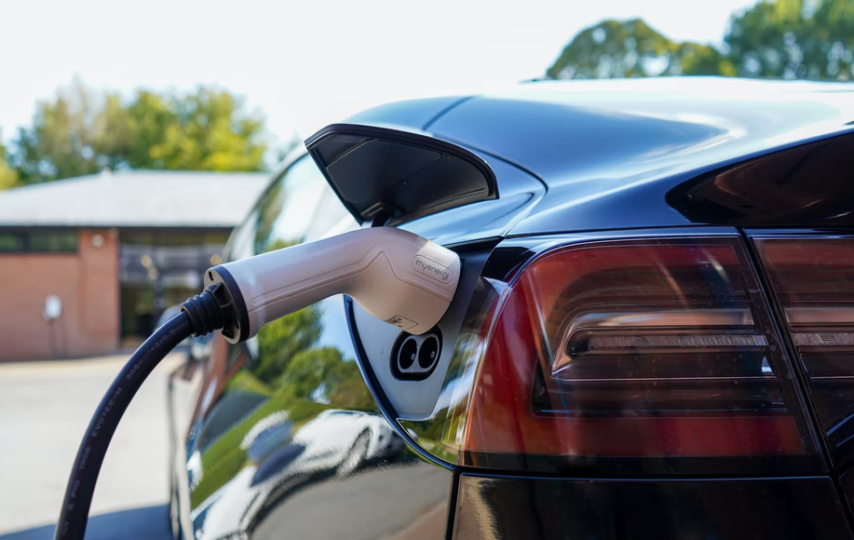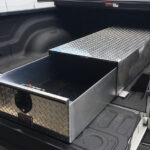The adoption of electric vehicles, particularly cars, has grown in recent years. In several European countries, as well as in China and in the United States, more and more EVs are being sold every day. Some people are still reluctant to change and one of the reasons is the fact that they’re not confident that they will find EV charging stations nearby. The good news is that the charger network continues to expand globally.
An example of the expansion of this charger network in the United States is what has happened in California. Any driver who’s visiting or traveling through that state can find EV charging stations very easily. The Golden State offers fast chargers across all its highways, and users can even find where to charge their EV for free.
Is there an EV charging station map? An app?
As mentioned before, depending on the state where a driver is situated, finding a nearby EV charger can be extremely easy, or it may require a bit more planning.
In the United States, the Government has been promoting the adoption of this form of mobility, and has as well encouraged more business owners to turn their spots into charging locations.
Besides installing more charging stations each year, some companies have created EV charging stations maps. These maps can be found when using these companies’ websites or apps. By having access to a map of chargers, users have the opportunity to easily search for the nearest charger.
For example, EVCS is a company dedicated to the installation of electric vehicle chargers. They own a large majority of the electric vehicle chargers located along the famous West Coast Electric Highway. They are currently installing more charging stations and improving the technology of the ones that have been in place for years.
They also created an easy-to-use mobile app, so that users can find the nearest charger using an EV fast-charging stations map. This way, when searching by zip code, address, or simply by city, the driver will find all nearby chargers. For all those who don’t want or can’t download the app, they can use their website because the map is also available online.
Just like the EVCS map, there are other mobile apps that allow users to display a map and search for nearby chargers, such as the one offered by Open Charge Map or EVGO.
How many types of chargers exist?
When driving a regular gas-powered car, users are likely to understand the difference between gas and diesel and which one works best for their car. The same should be applicable when recharging an electric vehicle.
In this case, there are three different types of chargers which are divided into levels. The higher the level, the more power outsourcing it has and the faster it will charge the EV.
- Level 1 chargers provide charge through a 120 Volt alternate current (AC) plug. They can be plugged into any standard household outlet.
It’s slow since it charges a standard EV in about 24 hours, but it’s perfect for overnight charging and for drivers who don’t drive long distances each day.
- Level 2 chargers provide charging through a 240-V plug. They also use alternate current.
Because they don’t require as much space or power, they can be installed in residential areas. They are also found in public charging stations and are significantly faster than Level 1 chargers, recharging a standard EV battery in about 8 hours of plug-in time.
- Level 3 chargers (also known as DCFC) are the fastest chargers available. They do not use alternate current, but direct current.
Installation requires a lot of space, therefore, and because they’re usually quite expensive, these chargers are reserved for public stations.
A DCFC can charge an EV in 15 to 60 minutes, depending on the size of the batteries.



